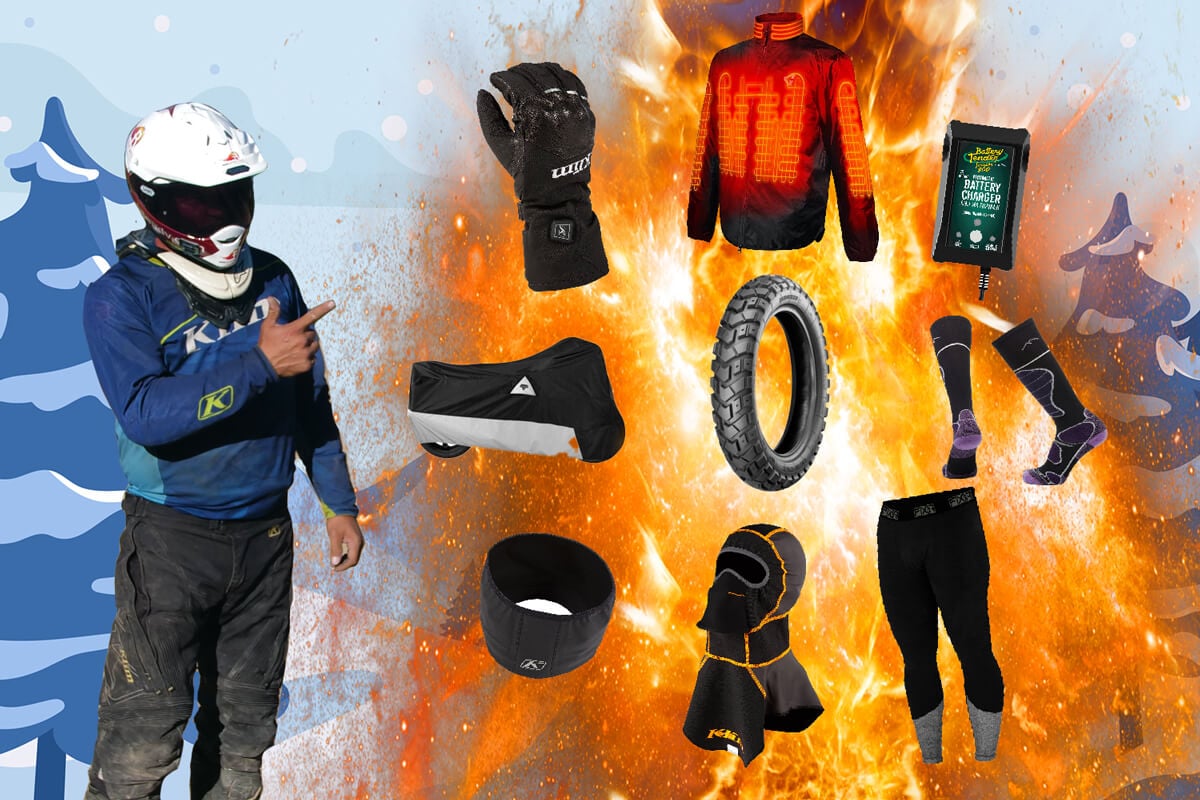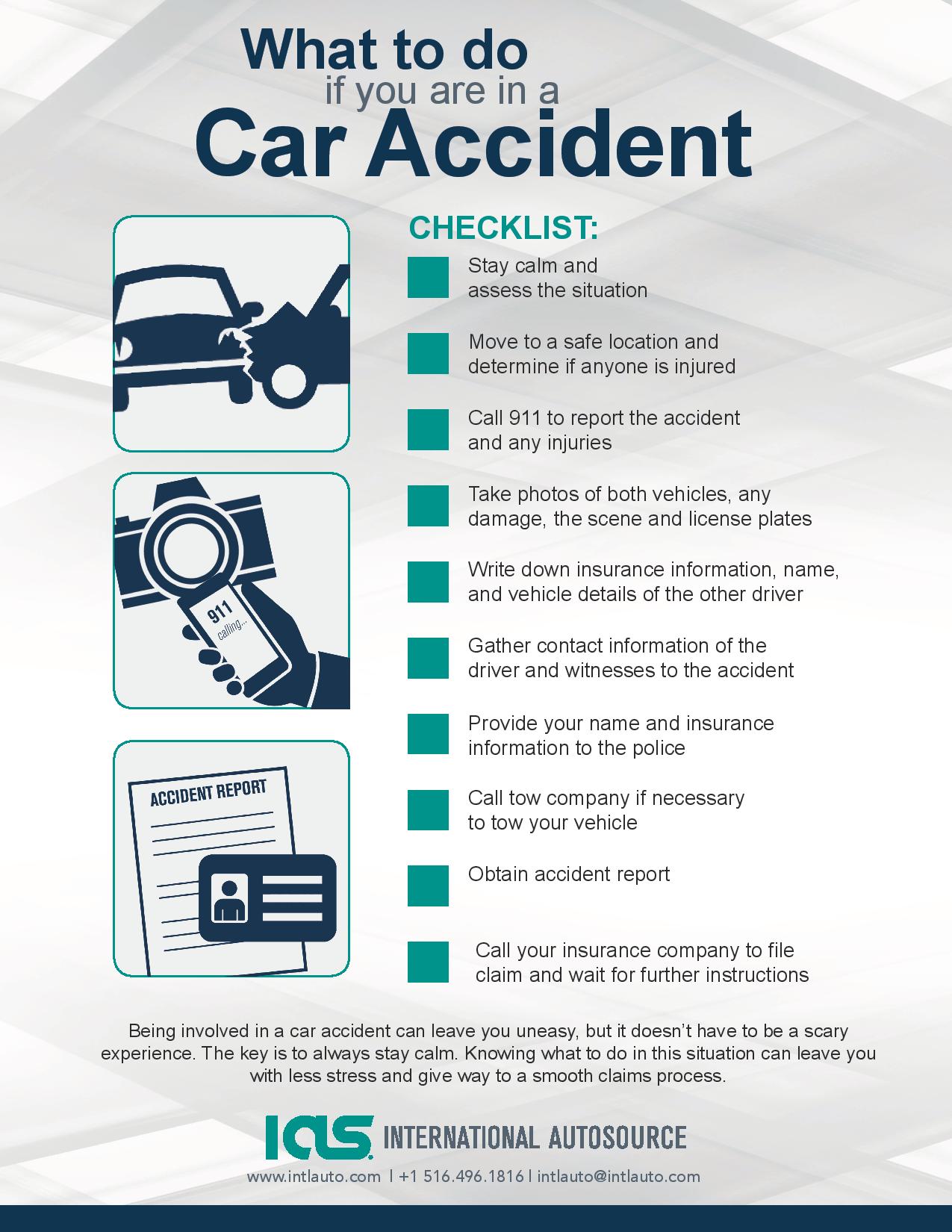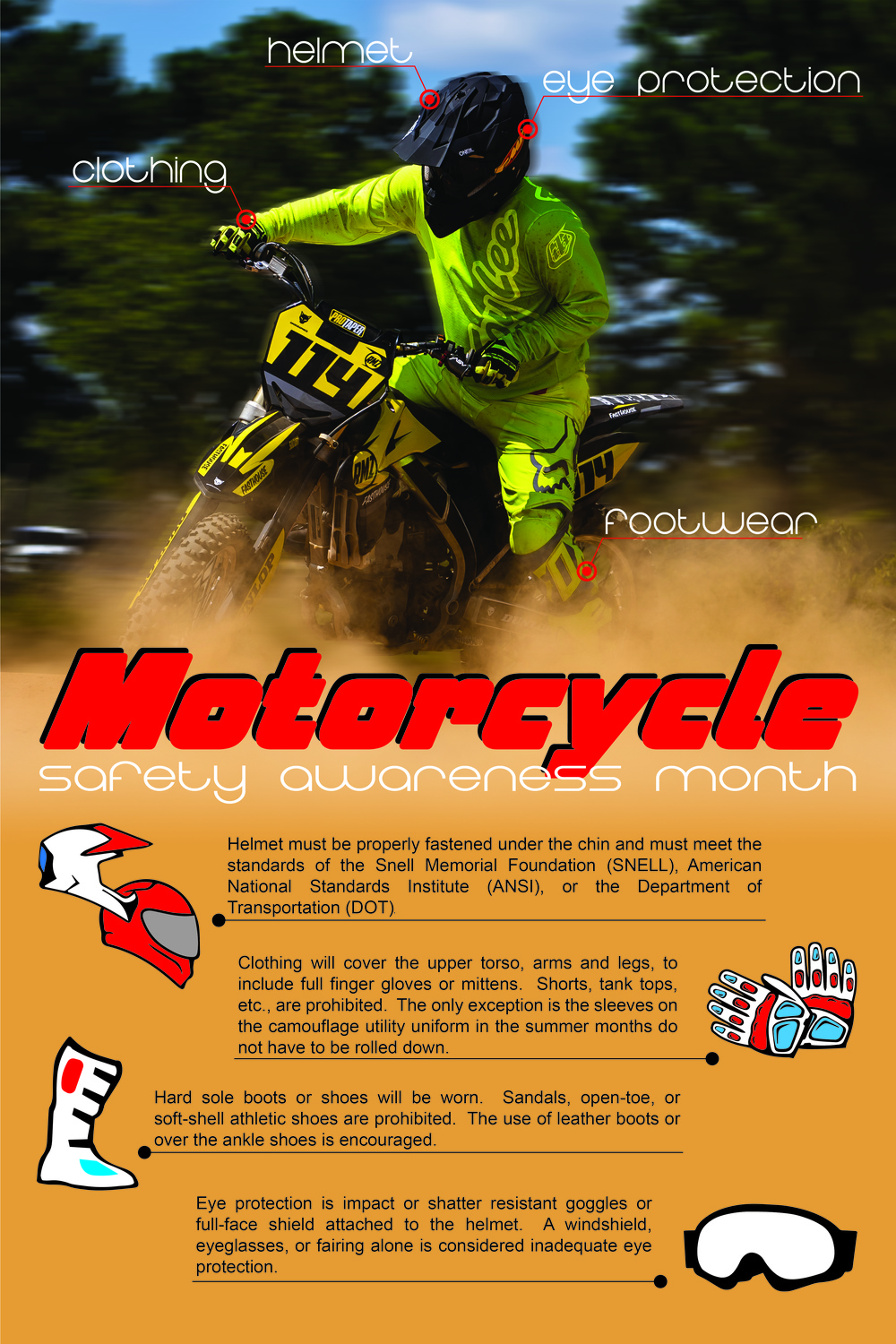Motorcycle accidents in Reno are a serious concern, with rates 1.5 times higher than the national average. As someone who’s lived here for years and seen the impact firsthand, I can tell you it’s a complex issue that deserves our attention. Just last year, my neighbor – an experienced rider – was in a nasty collision at a busy intersection. It really opened my eyes to the challenges motorcyclists face on our streets every day.
The numbers paint a stark picture. In the first half of 2024 alone, we’ve already seen 16 motorcycle fatalities in Reno. That’s on track to surpass last year’s total of 20. It’s clear we need to take a closer look at what’s causing these accidents and how we can prevent them.
Let’s dive into the unique factors that make riding in Reno both exhilarating and potentially dangerous. From our urban landscape to our legal quirks, there’s a lot to unpack.
The Urban Landscape and Motorcycle Safety
Reno’s cityscape presents some distinct challenges for motorcyclists. Our population density of 2,186 people per square mile means traffic can get pretty congested, especially during peak hours. And while we enjoy an average of 252 sunny days per year (great for riding!), it also means we need to be extra vigilant about sun glare and overheating.
Reno’s Infrastructure and Motorcycle Accidents
Our city’s layout plays a huge role in motorcycle safety. We’ve got over 2,000 miles of public roads, each with its own quirks and potential hazards. What’s particularly concerning is that 40% of motorcycle accidents in Reno occur on roads with speed limits of 35 mph or less. These aren’t high-speed crashes on highways – they’re happening right in our neighborhoods and downtown areas.
Tourism adds another layer of complexity. During peak seasons, we see a 20% increase in traffic. That’s a lot of out-of-towners unfamiliar with our roads, potentially creating unpredictable situations for motorcyclists.
High-Risk Intersections
Some intersections in Reno are particularly treacherous for motorcyclists. The intersection of Virginia Street and Plumb Lane, for instance, has the highest motorcycle accident rate in the city. In 2023 alone, there were 15 motorcycle accidents at this one location. It’s prompted the city to implement new safety measures like improved signage and dedicated turn signals.
Left-turn accidents are a major culprit, accounting for 42% of motorcycle collisions at Reno intersections. It’s a sobering statistic that highlights the need for both riders and drivers to exercise extra caution at these junctions.
Here’s a breakdown of some of Reno’s most dangerous intersections for motorcyclists:
| Intersection | Annual Accident Rate | Primary Cause |
|---|---|---|
| Virginia St & Plumb Ln | 15 | Left turns |
| S McCarran Blvd & Kietzke Ln | 12 | Speeding |
| N McCarran Blvd & Clear Acre Ln | 10 | Visibility issues |
| S Virginia St & S McCarran Blvd | 8 | Traffic congestion |

Source: crimegrade.org
Impact of Tourism on Road Safety
Reno’s popularity as a tourist destination significantly affects our road conditions and driver behavior. During major events like Hot August Nights, we see tourist-related traffic spike by 30%. This influx of visitors, often unfamiliar with our local roads, can lead to unpredictable traffic patterns and increased risks for motorcyclists.
It’s not just about more cars on the road. Out-of-state drivers are involved in 25% of motorcycle accidents in Reno during peak tourist seasons. And with motorcycle rental agencies reporting a 50% increase in rentals during summer months, we’ve got a perfect storm of inexperienced riders and unfamiliar drivers sharing our streets.
Weather Conditions and Seasonal Riding Challenges
Reno’s climate throws some curveballs at motorcyclists throughout the year. We experience temperature swings of up to 40°F in a single day, which can affect tire pressure and road conditions. Our average annual snowfall of 22 inches means winter riding requires serious skill and preparation.
High Desert Climate Effects
Our high desert environment adds another layer of complexity to motorcycle riding. The air density at our elevation can reduce motorcycle engine performance by up to 3% per 1,000 feet. It might not sound like much, but it can make a noticeable difference in how your bike handles, especially if you’re not used to it.
Dust storms are another hazard we face. On average, we experience three dust storms per year that reduce visibility to less than a quarter mile. I remember a group of motorcyclists passing through Reno last summer who got caught in one of these sudden storms. They did the smart thing by pulling over safely and waiting it out, but it was a stark reminder of how quickly conditions can change here.
Winter Riding Precautions
Winter brings its own set of challenges for Reno’s motorcyclists. Black ice is a particular concern, forming on our roads when temperatures drop below 32°F. It’s especially treacherous in shaded areas where the sun can’t melt it away.
For those brave (or crazy) enough to ride in winter, proper gear is crucial. Winter tires can improve motorcycle traction by up to 25% in temperatures below 45°F. And let’s not forget about heated gear – it can be a game-changer for extending the riding season and keeping you safe and comfortable in cold conditions.

Source: rideadv.com
Legal and Insurance Landscape in Reno
Navigating the legal and insurance aspects of motorcycle riding in Reno can be as tricky as maneuvering through downtown traffic during Hot August Nights. Our state has some unique laws that every rider needs to know.
Nevada-Specific Motorcycle Laws
First things first: helmets are non-negotiable here. Nevada requires all motorcycle riders to wear DOT-approved helmets. It’s not just a law – it’s a lifesaver. Studies show that helmet use reduces the risk of head injury by 69% in Reno motorcycle accidents.
Lane splitting is another hot topic. Unlike our neighbors in California, it’s illegal here in Nevada. I’ve seen plenty of out-of-state riders get caught off guard by this one. And don’t forget about mirrors – motorcycles in Nevada must have both left and right mirrors.
The Reno Police Department has been cracking down on unsafe riding practices lately. They’ve observed some riders traveling at speeds up to 100 mph in 45 mph zones. Unsafe lane changing is another major factor in accidents. It’s clear that following traffic laws isn’t just about avoiding tickets – it’s about staying alive.
Comparative Negligence in Nevada
If you’re involved in an accident, understanding Nevada’s comparative negligence law is crucial. We follow a modified comparative negligence rule with a 51% bar. In plain English, this means if you’re found to be more than 51% at fault for an accident, you can’t recover any damages.
Even if you’re less than 51% at fault, your compensation will be reduced by your percentage of fault. For example, if you’re awarded $100,000 in damages but found to be 20% at fault, you’ll only receive $80,000. It’s a complex system that often requires expert witnesses to determine fault percentages in motorcycle accident cases.
Statute of Limitations for Motorcycle Accidents
Time is of the essence when it comes to filing a claim after a motorcycle accident in Nevada. The general statute of limitations for personal injury claims is two years from the date of the accident. Miss this deadline, and you could lose your right to compensation entirely.
It gets even trickier if your accident involved a government entity. In these cases, you’ve got a much shorter window of just 180 days to file a claim. I’ve seen riders miss out on compensation because they weren’t aware of these deadlines. Don’t let that be you.

Source: hindsinjurylawlasvegas.com
Insurance Challenges for Reno Motorcyclists
Insurance is another area where Reno motorcyclists face unique challenges. Our insurance premiums are, on average, 15% higher than the national average. It’s a tough pill to swallow, but considering the risks we face on our roads, it’s not entirely surprising.
The minimum liability coverage for motorcycles in Nevada is 25/50/20. That means $25,000 for bodily injury per person, $50,000 for bodily injury per accident, and $20,000 for property damage. But here’s the kicker – only 22% of Reno motorcyclists carry comprehensive coverage. That’s a lot of riders potentially left vulnerable in the event of an accident.
Underinsured Motorist Coverage
One type of coverage I can’t stress enough is underinsured motorist protection. With 13% of Nevada drivers being uninsured, it’s a real risk out there. This coverage can be a lifesaver if you’re hit by a driver who doesn’t have enough insurance to cover your damages.
I remember a case last year where a Reno motorcyclist was hit by an underinsured driver. Thanks to their comprehensive coverage and underinsured motorist protection, they were able to get full compensation for their medical expenses and bike repairs. It’s stories like these that make me a strong advocate for thorough insurance coverage.
Medical Payment Coverage for Motorcyclists
Another coverage option to consider is medical payment coverage. It’s not required, but it can cover up to $10,000 in medical expenses regardless of who was at fault in the accident. This coverage typically ranges from $1,000 to $25,000 in Reno.
What’s great about medical payment coverage is that it can be used to pay health insurance deductibles and copays. Some policies even extend this coverage to passengers on the insured motorcycle. It’s an extra layer of protection that can make a big difference in the aftermath of an accident.
Post-Accident Protocol and Recovery
If you’re unfortunate enough to be involved in a motorcycle accident in Reno, knowing what to do in the immediate aftermath can make a world of difference. The first 72 hours after an accident are critical, both for your medical treatment and for preserving evidence that could be crucial to your case.
Immediate Post-Accident Steps
First things first: safety. If you’re able, move to a safe area away from traffic. Check yourself and others for injuries and call 911 immediately. Reno police typically respond to motorcycle accidents within an average of 8 minutes, but those can be a long 8 minutes when you’re dealing with the shock of an accident.
Once you’re safe, it’s time to start documenting. This is where your smartphone becomes your best friend. Take photos of everything – your injuries, damage to your bike, the other vehicle involved, road conditions, traffic signs, and anything else that might be relevant. These photos can be invaluable later on, as 85% of motorcycle accident cases in Reno involve evidence collected at the scene.
Documenting the Accident Scene
When it comes to documenting the scene, more is definitely better. Smartphone photos are admissible as evidence in Nevada courts, so don’t be shy about taking plenty of pictures. Pay special attention to skid marks – they can provide crucial information about speed and braking, but they typically fade within 24-48 hours.
Don’t forget about witnesses. If anyone saw the accident, get their contact information. Witness statements collected within the first 30 minutes are considered most reliable by insurance adjusters. And trust me, you’ll want those statements if your case ends up in court.

Source: intlauto.com
Interacting with Law Enforcement
When the police arrive, they’ll use a standardized accident report form (Nevada DMV-39). Be cooperative, but stick to the facts. Don’t admit fault or make speculative statements about what happened. Remember, anything you say can be used in the police report and potentially impact your case later on.
One thing to be aware of: you have the right to refuse a field sobriety test, but this may result in an automatic license suspension. If you’ve been drinking, it’s a tough call to make. But if you’re stone-cold sober, there’s usually no harm in complying with the test.
Long-Term Recovery and Rehabilitation
Recovery from a motorcycle accident often extends well beyond the initial hospital stay. In fact, 60% of motorcycle accident victims in Reno require long-term medical care or rehabilitation. The average time for full recovery from a serious motorcycle accident in Reno is 18 months – that’s a long road to travel.
Physical therapy is often a big part of the recovery process. About 40% of motorcycle accident victims in Reno require physical therapy for more than six months. It can be a grueling process, but it’s crucial for regaining strength and mobility.
Reno’s Specialized Medical Facilities
Fortunately, Reno has some excellent medical facilities that specialize in treating motorcycle accident injuries. Renown Regional Medical Center, for instance, has a dedicated trauma unit that treats over 60% of serious motorcycle accidents in the region. They’ve seen it all and know exactly how to handle the unique injuries that can result from motorcycle crashes.
The average length of hospital stay for motorcycle accident victims in Reno is 5.7 days. But that’s just the beginning. Many patients transition to specialized rehabilitation centers after their initial hospital stay. These centers report a 75% success rate in returning motorcycle accident victims to pre-accident mobility levels. It’s a testament to the quality of care available in our city.

Source: mapformation.com
Support Groups and Counseling Services
The physical injuries from a motorcycle accident are often just the tip of the iceberg. Many survivors struggle with emotional and psychological challenges in the aftermath of a crash. Post-traumatic stress disorder (PTSD) affects approximately 28% of motorcycle accident survivors in Reno.
That’s where support groups and counseling services come in. Reno has 5 active motorcycle accident survivor support groups. These groups can be incredibly helpful – 65% of motorcycle accident victims who attend support
groups report improved mental health outcomes.
For those who need more intensive support, cognitive behavioral therapy (CBT) has shown a 70% success rate in treating accident-related anxiety in Reno clinics. It’s not an easy journey, but with the right support, it’s possible to overcome the psychological impacts of a motorcycle accident.
Prevention and Education Initiatives
While it’s crucial to know what to do after an accident, the best strategy is to prevent accidents from happening in the first place. That’s where Reno’s prevention and education initiatives come in. These programs have made a real difference – motorcycle accidents in Reno have decreased by 15% over the past five years thanks to improved safety measures.
Reno-Specific Rider Education Programs
Reno offers 12 different motorcycle safety courses throughout the year. These aren’t your run-of-the-mill safety classes – they’re tailored to address the unique challenges of riding in our city. The Nevada Rider Motorcycle Safety Program has been a game-changer, training over 5,000 riders in Reno since its inception. Graduates of these advanced rider courses are 37% less likely to be involved in an accident. That’s a statistic that speaks volumes about the effectiveness of proper training.
Advanced Riding Techniques for Urban Environments
Urban riding presents its own set of challenges, and Reno’s specialized training programs tackle these head-on. These courses simulate real-world traffic scenarios on closed courses, giving riders a safe environment to hone their skills.
The results speak for themselves. Riders who complete urban-specific training report a 45% increase in confidence when navigating city traffic. One of the most crucial skills taught is advanced braking technique, which can reduce stopping distances by an average of 20% in emergency situations. In a city where split-second decisions can mean the difference between a close call and a crash, these skills are invaluable.
Seasonal Riding Workshops
Reno’s weather can be unpredictable, to say the least. That’s why seasonal workshops are so important. Winter riding workshops focus on techniques for handling icy and snowy conditions, while summer workshops emphasize heat management and strategies for dealing with increased tourist traffic.
These workshops aren’t just theoretical – they’re practical. Participants report a 30% reduction in weather-related incidents after attending. It’s a testament to the power of education and preparation.
Community Awareness Campaigns
Education isn’t just for riders – it’s for everyone on the road. Reno’s community awareness campaigns aim to foster a culture of mutual respect between motorcyclists and other motorists.
The “Look Twice, Save a Life” campaign has been particularly successful, reaching over 100,000 residents. These efforts have led to a 25% increase in motorist awareness of motorcycles. It’s a simple message, but one that can save lives.

Source: cloudfront.net
Collaborative Efforts with Local Businesses
Reno’s business community has stepped up to the plate when it comes to motorcycle safety. Fifty local businesses participate in motorcycle safety awareness programs, helping to extend the reach of safety messages throughout the community.
These partnerships have led to the distribution of over 10,000 high-visibility gear items to local riders. Business-sponsored safety events attract an average of 500 participants each year. It’s a great example of how the community can come together to address a shared concern.
School-Based Education Programs
Catching them young is the philosophy behind Reno’s school-based motorcycle safety education programs. These initiatives reach over 5,000 students annually, educating future drivers about sharing the road with motorcyclists.
The curriculum is innovative, including virtual reality simulations that demonstrate the motorcyclist’s perspective on the road. Students who participate in these programs are 40% more likely to identify motorcycle safety concerns while driving. It’s an investment in the future of road safety in Reno.
For those interested in learning more about handling accident claims in Reno, our guide on navigating truck accident cases offers valuable insights that can be applied to motorcycle incidents as well.
If you’ve been involved in a motorcycle accident in Reno, you don’t have to navigate the aftermath alone. At Ultra Law, we specialize in motorcycle accident cases and understand the unique challenges riders face in our city. We offer a free initial consultation to discuss your case and explain your rights. Our contingency fee structure means you don’t pay unless we win your case.
Don’t let the complexities of your motorcycle accident case overwhelm you. Reach out to Ultra Law today to schedule your free consultation and take the first step towards securing the compensation you deserve.
Learnings Recap
Let’s take a moment to recap the key points we’ve covered:
- Reno’s urban landscape presents unique challenges for motorcyclists, including high-risk intersections and seasonal weather variations
- Nevada’s specific motorcycle laws and insurance requirements significantly impact accident cases and rider protection
- Proper post-accident procedures and documentation are crucial for legal and insurance outcomes
- Community-based prevention and education initiatives play a vital role in reducing motorcycle accidents in Reno
We’ve explored the multifaceted aspects of motorcycle accidents in Reno, from the city’s unique urban environment to legal considerations, post-accident protocols, and prevention strategies. By understanding these elements, riders can better navigate Reno’s streets and protect themselves in the event of an accident.
It’s encouraging to see that motorcycle accidents in Reno have decreased by 10% over the past decade due to improved safety measures. Moreover, 70% of Reno motorcyclists now carry insurance coverage above the state minimum requirements, indicating a growing awareness of the importance of adequate protection.
The complexities surrounding motorcycle accidents in Reno underscore the importance of expert legal guidance. At Ultra Law, our team of skilled attorneys possesses in-depth knowledge of local regulations and the unique challenges faced by Reno riders. We’re committed to providing personalized service, ensuring that each case receives the attention it deserves.
We understand the physical, emotional, and financial toll a motorcycle accident can take. That’s why we offer a no-obligation case evaluation to discuss your situation and outline potential legal strategies. Our goal is to alleviate your stress and fight for the compensation you’re entitled to.
If you’ve been involved in a motorcycle accident in Reno, don’t go it alone. Reach out to Ultra Law today. Let us put our expertise to work for you, ensuring your rights are protected and you receive fair compensation for your injuries and losses.
For more insights on personal injury cases, check out our guide on maximizing settlements. While it focuses on slip and fall cases, many of the principles apply to motorcycle accidents as well.




